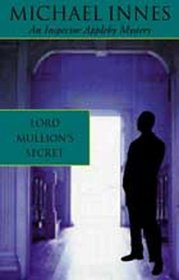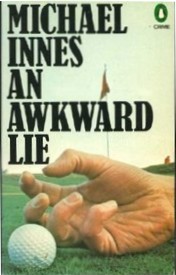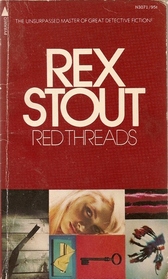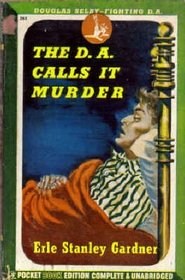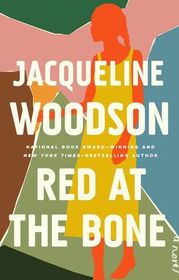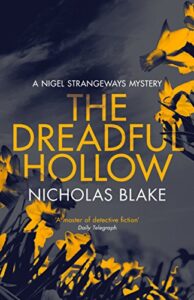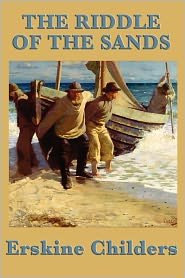Lord Mullion’s Secret by Michael Innes
Review by Matt B. (BuffaloSavage)
Charles Honeybath, a painter with a detective’s talents, heads to Mullion Castle to paint the portrait of Lady Mullion, wife of his old schoolmate. After arriving at the large country house – which is open to (pick one) tourists, travelers, gawkers on Wednesdays and Saturdays – Honeybath encounters an entrancingly eccentric community in which, oddly enough, eccentric things happen. On top of the title echoing another sensational Gothic novel, Aunt Camilla (after Lefanu’s vampire story) wanders about the place at night. In a transgressive romance even for the late 1970s, Mullion’s daughter and a smart young gardener fall for each other.
Why, for example, has a valuable miniature been exchanged for a less than deft reproduction, and who has taken such a risky action since an artist like Honeybath would surely notice such a substitution? And what of this self-confident gardener’s assistant, in whose apartment the Italian watercolors of Lord Mullion’s old and somewhat quirky Aunt Camilla are rediscovered completely unexpectedly? What of the vicar, Dr. Atlay, a close confidant of Miss Camilla in their halcyon days? The whole family seems enveloped in mystery and unanswered questions such as what happened to Aunt Camilla in Italy in the 1920s.
The inevitable murder is missing in this mystery, making it a lighter than air entertainment perfect for a post-pandemic summer read. The characters are highly entertaining in the Dickensey style, with funny dialogue, intelligent turns of phrase, and learned references and allusions. Innes likes the twist that throws both characters and readers for a loop. Besides this one, Innes wrote only five mysteries – all of them light – starring the artist detective, The Mysterious Commission, Honeybath’s Haven and Appleby and Honeybath.

